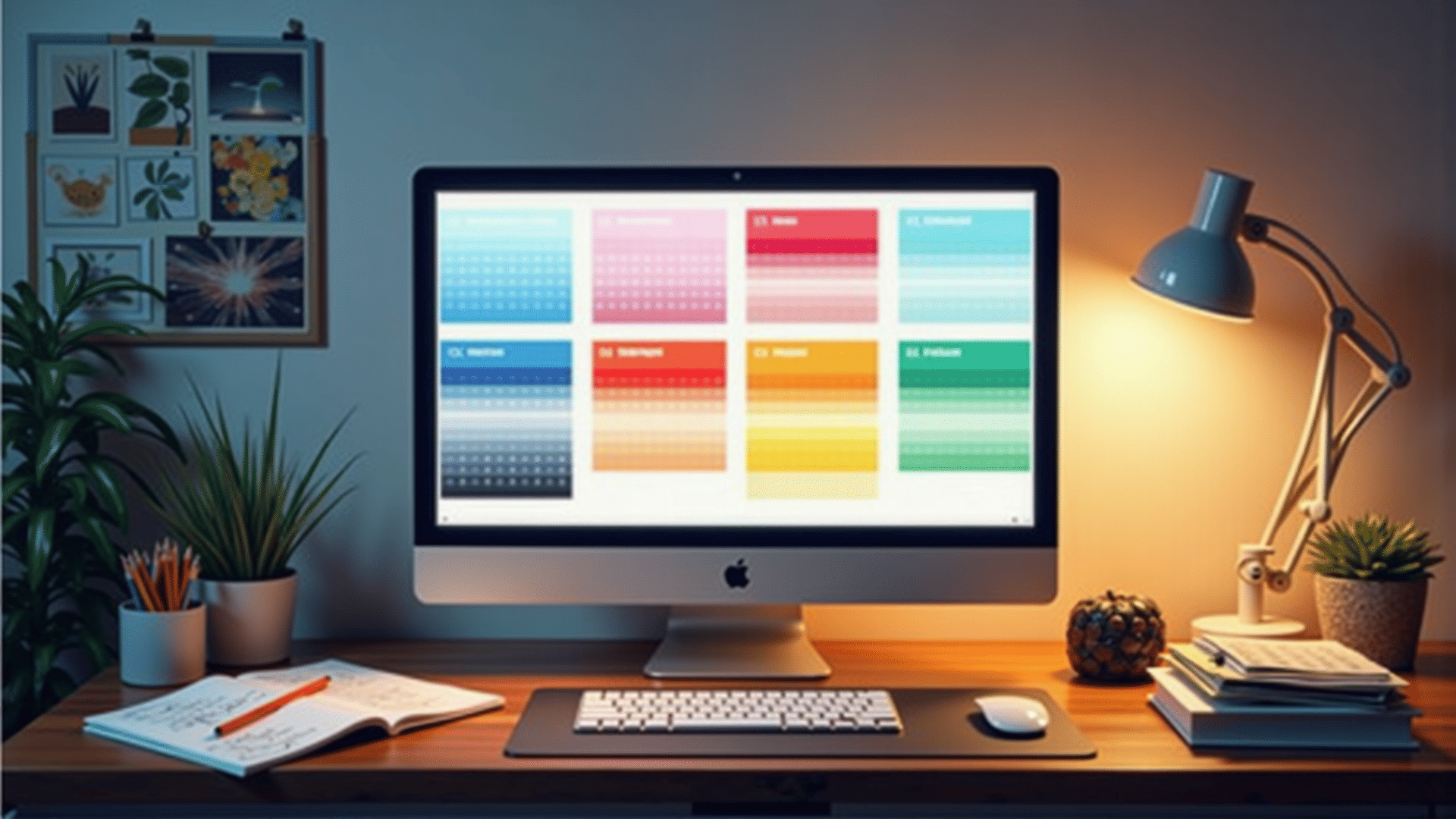Color psychology plays a crucial role in web design, as it significantly influences how users perceive a website, navigate it, and ultimately, how they interact with its brand. Understanding the emotions and associations tied to different colors enables web designers to craft an engaging and effective user experience that aligns with the brand's values and goals.
Firstly, it's essential to understand the general psychological effects of colors. For instance, blue is widely recognized for instilling a sense of trust, calmness, and professionalism. It is a popular choice for corporate websites and financial institutions aiming to project reliability. Green, often associated with nature, health, and freshness, is suitable for eco-friendly brands or health-related services. Red, on the other hand, evokes strong emotions; it stimulates energy, passion, and urgency, making it ideal for clearance sales or call-to-action buttons to draw immediate attention.
Meanwhile, yellow is cheerful and energetic, bringing warmth and positivity that can uplift a brand's image. It is effective in youth-oriented or creative brand designs. Purple is often linked with luxury, wisdom, and spirituality—an excellent choice for brands in the beauty or high-end goods sectors. Black exudes sophistication and elegance, commonly used in fashion or luxury brands to communicate exclusivity.
Understanding these color associations can guide intentional decision-making in web design. However, cultural differences and individual perceptions can also affect how colors are received, so it's vital to consider the target audience's background while designing.
The strategic application of color can guide and enhance user experience. For example, utilizing contrasting colors for text and background can ensure readability and accessibility, key elements in retaining user engagement. Accent colors can highlight critical areas of a website such as navigation menus and call-to-action buttons, ensuring they stand out and guide the user journey effectively.
Moreover, creating a harmonious color palette that aligns with the brand's identity can forge a consistent and memorable experience. Web designers often use color wheel tools to select complementary colors that are both visually appealing and supportive of the brand message.
Balancing aesthetics and functionality requires thoughtful integration of color psychology. Testing various color schemes on user engagement and conversion rates can provide insights into their real-world effects, enabling designers to refine their approach and achieve the optimal color strategy.
In conclusion, the psychology of color is a powerful tool in web design. By thoughtfully selecting and applying colors that resonate with the target audience and align with a brand’s identity, designers can influence user behavior, enhance user experience, and achieve the desired emotional and behavioral responses. Employing color psychology not only beautifies a site but enriches it with the power to communicate and persuade more effectively.
